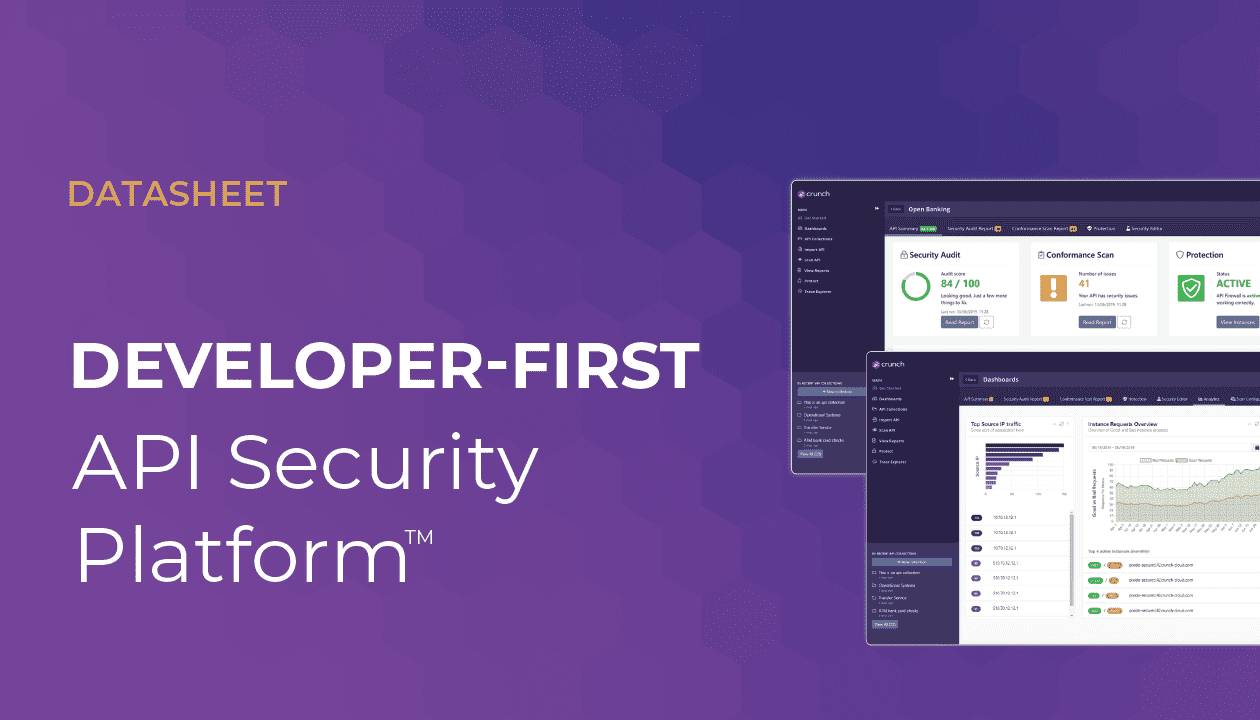CISOs and application security teams are faced with the challenge of enforcing API security compliance without delaying the development lifecycle or the delivery of new services. Often thought of as a bottleneck to rapid API delivery, there is now a wide acceptance of the key role security must play at all stages of the development lifecycle to ensure that APIs are compliant with security policies before, during and after deployment.
However, enforcing API security compliance at scale in a large enterprise goes well beyond the capabilities of traditional application testing tools, web application firewalls and API gateways. Security cannot rely on these tools to understand the API context or to manually configure rules for the volume of microservices and APIs involved, or hope that some anomaly detection can report an attack. Failing to implement appropriate compliance processes inevitably results in unsecured APIs entering into production and exposing businesses to significant business risk.
Having assisted CISOs and heads of application security at many global enterprises with their API security challenges we have identified the following key challenges common to all businesses:
- How to embed API security testing into the development lifecycle without delaying production rollout?
- How to enforce consistent security standards across the enterprise API estate?
- How to prevent API changes bypassing API security parameters and entering into production.
Over the next few weeks our blog posts will look at each of these challenges in turn.
Further reading: Blueprint for API Security Success



